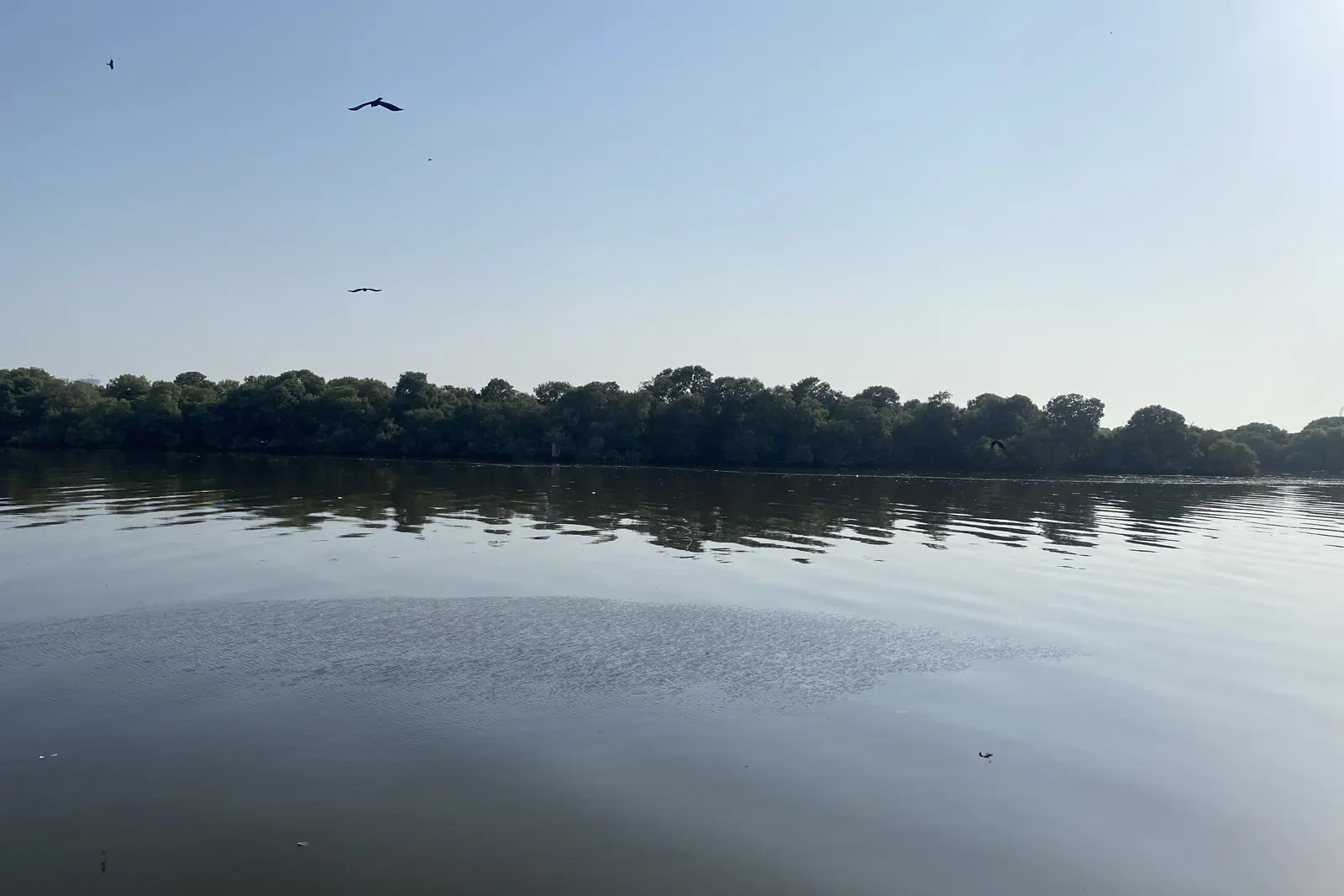Pakistan’s Floods and the Inequity of Climate Change
“As climate-related catastrophes increase, it is the poorest and the most vulnerable people who bear the brunt of the suffering”
– Waseem Ahmad
Pakistan is a country that has been suffering from mass floods for decades. The 2010 flood season was the worst we have seen so far; the flood resulted in over 2000 dead and over 20 million affected. The situation isn’t getting any better, every year flooding hits the vulnerable country and millions are displaced. A staggering ⅓ of Pakistan was underwater in the 2022 flood season.
What causes the flooding?
In the past, the floods were attributed to torrential monsoon rains. Rivers, such as the Indus River and the Beas River, weren’t able to naturally drain the excess water, leading to overflowing. However, climate change is beginning to worsen the effects of this overflow. Higher temperatures mean that northern Pakistan’s glaciers are melting.
The floods normally occur during the summer months of the year. The Karakoram, Pakistan’s mountain range, is the second largest in the world. Not only does the glaciers’ disappearance mean floods, but it also means the country is losing a freshwater source.
Previously, the mangrove forests in the country would act as buffer zones to reduce the effect of overflowing rivers; thick mangrove roots can slow down water. However, the forests are experiencing extreme deforestation. This is because of urban development, the need for wood, and need for animal fodder. The mangroves also store large amounts of carbon and can be considered ‘carbon sinks’.
Without the mangroves and with the rising temperatures Pakistan’s flood season will only get worse.
Why Pakistan is vulnerable to the effects
After the 2022 floods, Pakistan received a mere $51 million in aid (received two whole months after the disasters). Ahsan Iqbal, Pakistan’s planning minister, said a conservative estimate for the damage done is $10 billion. Countries with the greatest climate footprint pledged small amounts, relative to the disaster, and delivered even smaller sums.
On top of this, there is a lack of governance and large amounts of mismanagement when it comes to Pakistan’s climate situation. There is little reassurance as to how much of the aid actually reaches the flood victims; on the 9th of August 2022, it was estimated only 10% of the aid had actually been delivered to those in need.
Pakistan’s carbon footprint
Pakistan has “a negligible 0.8 percent of the global carbon footprint” according to Bhutto Zardari. Yet, it is considered to be in the top 10 countries most affected by climate change. This inequity is astounding. Rural villages are affected because of decisions they had no part in making.
Flooding doesn’t just have environmental effects
Mass flooding has also meant the increased spread of disease. Standing water is the breeding ground for mosquitos, increasing the risk of malaria. A lack of drinking water means people are often forced to bathe and defecate in the same water. Little or no sanitation post-flood acts as a catalyst for the spread of malaria, E. coli, and diarrhea.
Ways you can help today
“Today it is Pakistan. Tomorrow, it could be your country”
– Antonio Guterres
We need to act now. The people of Pakistan shouldn’t have to wait until another devastating monsoon season to receive help.
Links to donate:
Pakistan’s Floods and the Inequity of Climate Change
“As climate-related catastrophes increase, it is the poorest and the most vulnerable people who bear the brunt of the suffering”
– Waseem Ahmad
Pakistan is a country that has been suffering from mass floods for decades. The 2010 flood season was the worst we have seen so far; the flood resulted in over 2000 dead and over 20 million affected. The situation isn’t getting any better, every year flooding hits the vulnerable country and millions are displaced. A staggering ⅓ of Pakistan was underwater in the 2022 flood season.
What causes the flooding?
In the past, the floods were attributed to torrential monsoon rains. Rivers, such as the Indus River and the Beas River, weren’t able to naturally drain the excess water, leading to overflowing. However, climate change is beginning to worsen the effects of this overflow. Higher temperatures mean that northern Pakistan’s glaciers are melting.
The floods normally occur during the summer months of the year. The Karakoram, Pakistan’s mountain range, is the second largest in the world. Not only does the glaciers’ disappearance mean floods, but it also means the country is losing a freshwater source.
Previously, the mangrove forests in the country would act as buffer zones to reduce the effect of overflowing rivers; thick mangrove roots can slow down water. However, the forests are experiencing extreme deforestation. This is because of urban development, the need for wood, and need for animal fodder. The mangroves also store large amounts of carbon and can be considered ‘carbon sinks’.
Without the mangroves and with the rising temperatures Pakistan’s flood season will only get worse.
Why Pakistan is vulnerable to the effects
After the 2022 floods, Pakistan received a mere $51 million in aid (received two whole months after the disasters). Ahsan Iqbal, Pakistan’s planning minister, said a conservative estimate for the damage done is $10 billion. Countries with the greatest climate footprint pledged small amounts, relative to the disaster, and delivered even smaller sums.
On top of this, there is a lack of governance and large amounts of mismanagement when it comes to Pakistan’s climate situation. There is little reassurance as to how much of the aid actually reaches the flood victims; on the 9th of August 2022, it was estimated only 10% of the aid had actually been delivered to those in need.
Pakistan’s carbon footprint
Pakistan has “a negligible 0.8 percent of the global carbon footprint” according to Bhutto Zardari. Yet, it is considered to be in the top 10 countries most affected by climate change. This inequity is astounding. Rural villages are affected because of decisions they had no part in making.
Flooding doesn’t just have environmental effects
Mass flooding has also meant the increased spread of disease. Standing water is the breeding ground for mosquitos, increasing the risk of malaria. A lack of drinking water means people are often forced to bathe and defecate in the same water. Little or no sanitation post-flood acts as a catalyst for the spread of malaria, E. coli, and diarrhea.
Ways you can help today
“Today it is Pakistan. Tomorrow, it could be your country”
– Antonio Guterres
We need to act now. The people of Pakistan shouldn’t have to wait until another devastating monsoon season to receive help.






